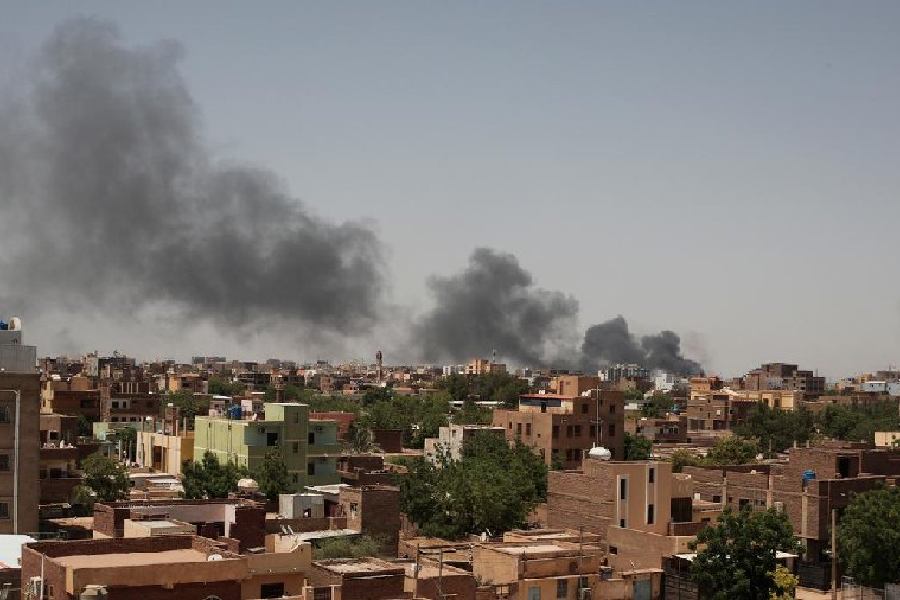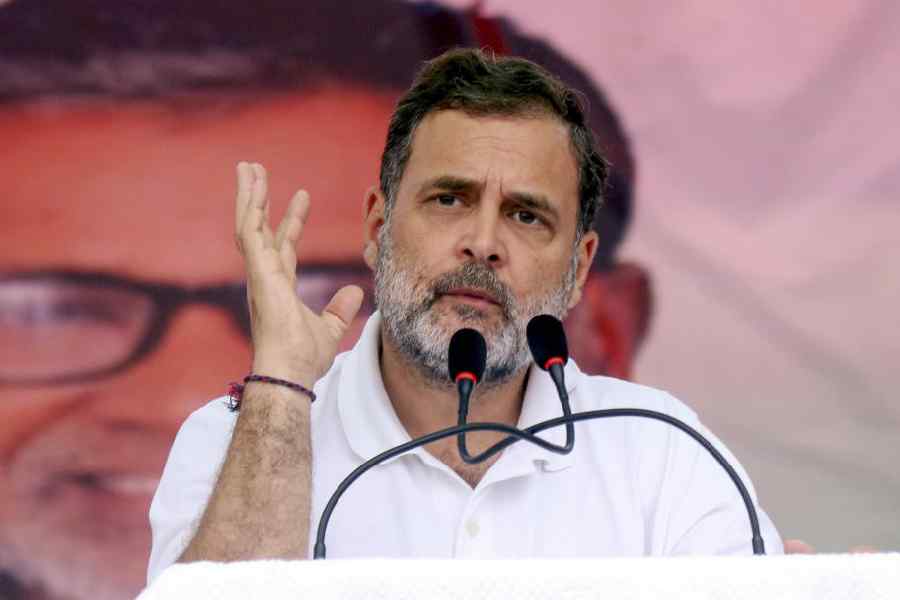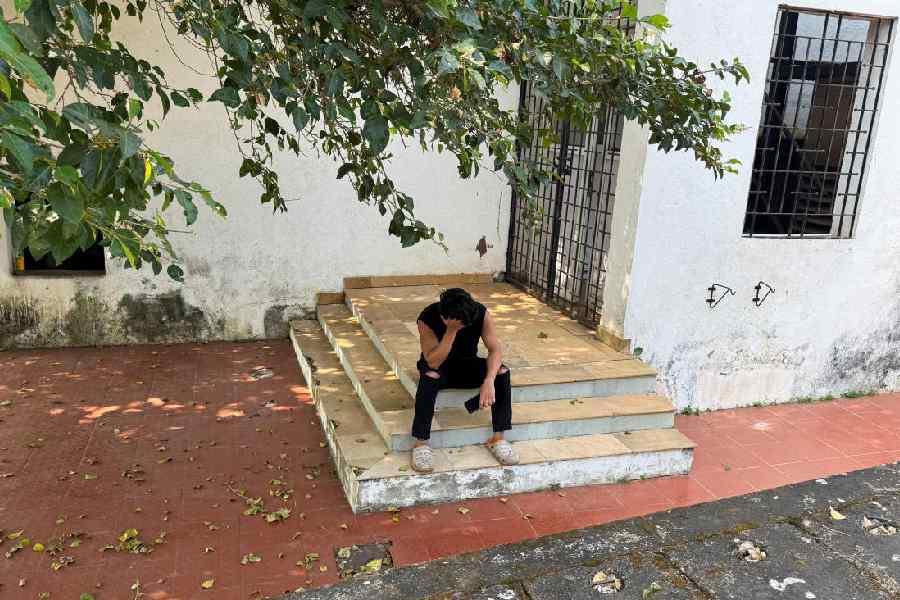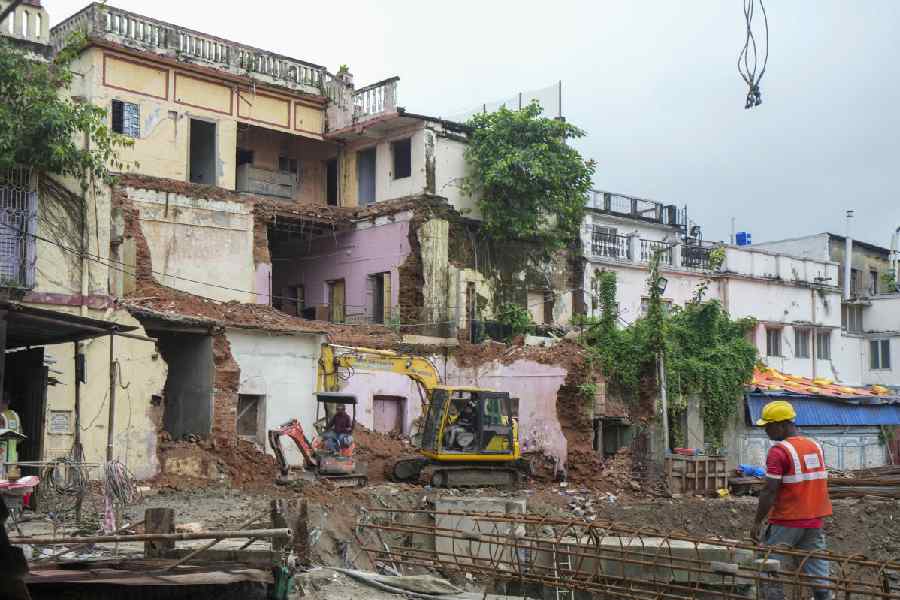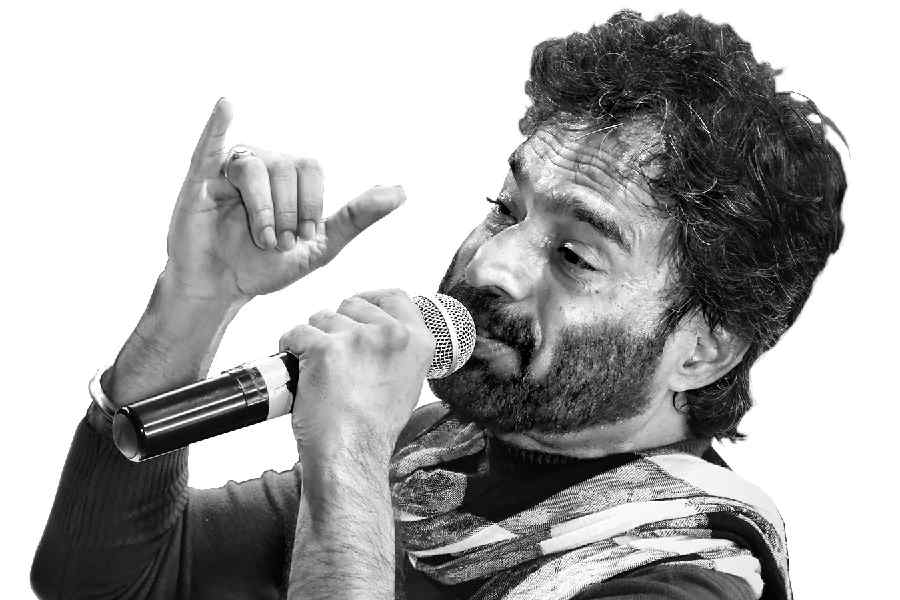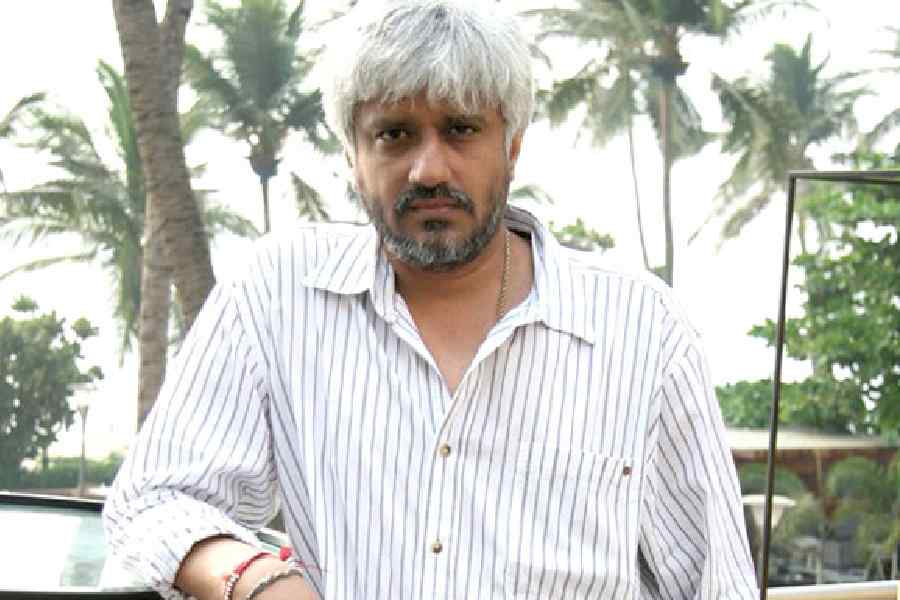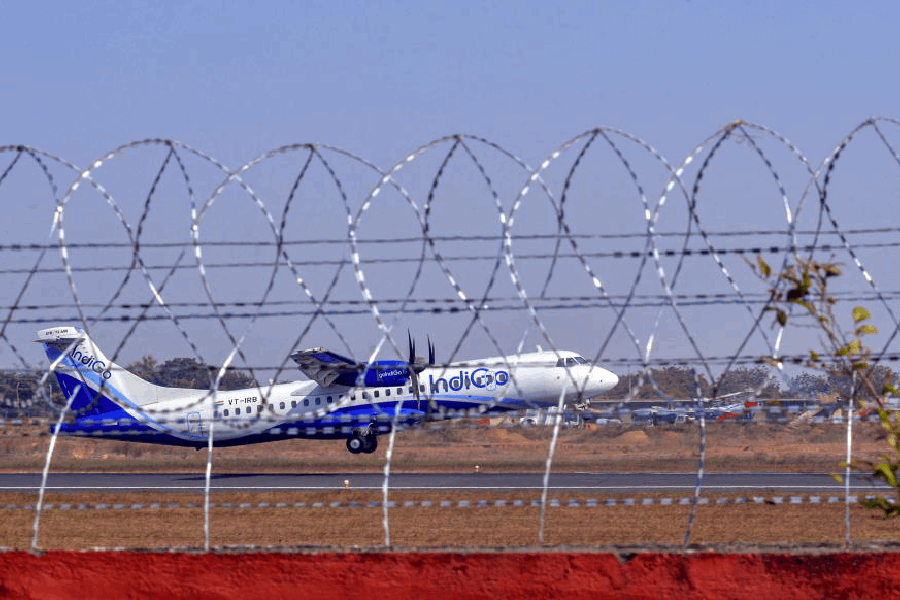The British foreign secretary, David Lammy, recently said: “Many have given up on Sudan, but that is wrong. It’s morally wrong when we see so many civilians beheaded, infants as young as one subjected to sexual violence, more people facing famine than anywhere else in the world... We simply cannot look away.” Lammy was hosting an international meeting to mark the second anniversary of the outbreak of the Sudanese civil war; all the usual things were said, all the standard —modest — pledges of money for starving Sudanese refugees made. At the end, though, everybody went home in despair.
The civil war in Sudan is truly terrible, with no hope of betterment in sight. The death toll is estimated at 1,50,000 but could plausibly be anything up to half a million. An estimated 12 million people, more than a quarter of the population, have fled from their homes, and Khartoum, the capital (which recently changed hands), looks only slightly better than Gaza.
The leaders of the two sides are cruel, cynical bandits masquerading as military officers. General Abdel Fattah al-Burhan is the commander of the Sudan Armed Forces. Mohamed Hamdan Dagalo, popularly known as Hemedti, is the leader of the Rapid Support Forces. The mercenaries who work for them are the scum of the Earth. The only reason for the war is the struggle between these two crooks over the control of Sudan’s resources. Hemedti has most of the gold, whereas Burhan controls the flow of oil from South Sudan to the country’s only port, Port Sudan, on the Red Sea. The sole hope for peace is a recent hint by Hemedti that the two leaders might just partition what’s left of Sudan between them.
The African Union immediately stated that it will not allow the country to be partitioned again, but the RSF has already taken a tentative step in that direction by declaring itself a rival government across the country.
Everything I have written is true but also misleading about the current reality of the African continent. There are 55 countries in Africa (including offshore islands), and in only two of them, Sudan and the Democratic Republic of the Congo, are there open wars. In both cases, the fighting is confined within the borders of the country, though the DRC also has troops of at least two neighbouring countries in its territory. There are close to a dozen ongoing insurgencies in parts of other African countries (Mozambique, Cameroon, Nigeria, Mali, Somalia, among others), but in almost every case, you would have to travel to out-of-the-way parts of the country to see any evidence of fighting above the level of mere terrorism. In big African cities, the level of personal safety ranges from that of New York City in the late 1980s to present-day London.
There is also the enduring African miracle of stable borders. Even 55 African countries are not enough to provide each major ethnic and linguistic group with its own sovereign territory. So the founding doctrine of the Organisation of African Unity 62 years ago was that all the colonial borders must stay where they are. The diverse populations within each border will have to learn to live together, because the only alternative is several centuries of war to sort the surviving ethnic groups into linguistically and ethnically homogeneous nation-states.
The miracle is that it worked. Apart from the Sudan/South Sudan and the Eritrea/Ethiopia splits, there have been no major changes to African borders since the end of colonial rule in the 1950s and the 1960s. Compare that to what happened in 20th-century Europe, where borders changed drastically amid catastrophic wars, and you will understand what an achievement that is. Most African countries are poor, and many are dictatorships. They face huge challenges from climate change and rapid population growth. But the glass is more than half-full.
Gwynne Dyer’s new book is Intervention Earth

